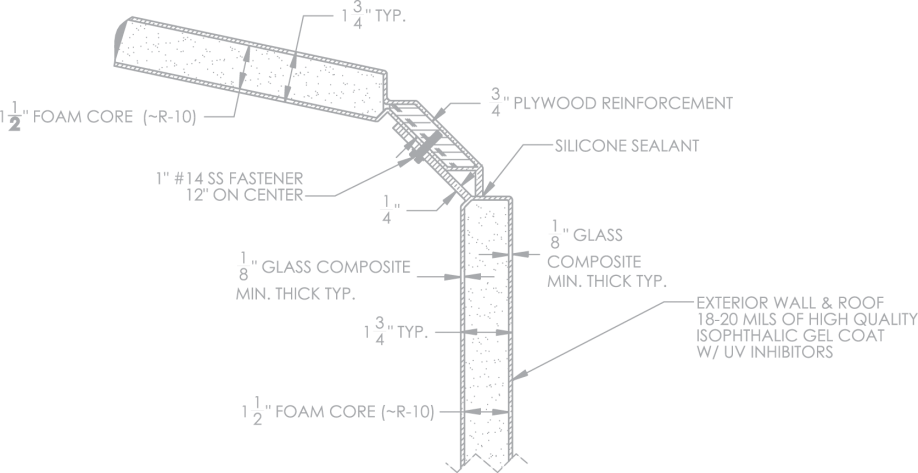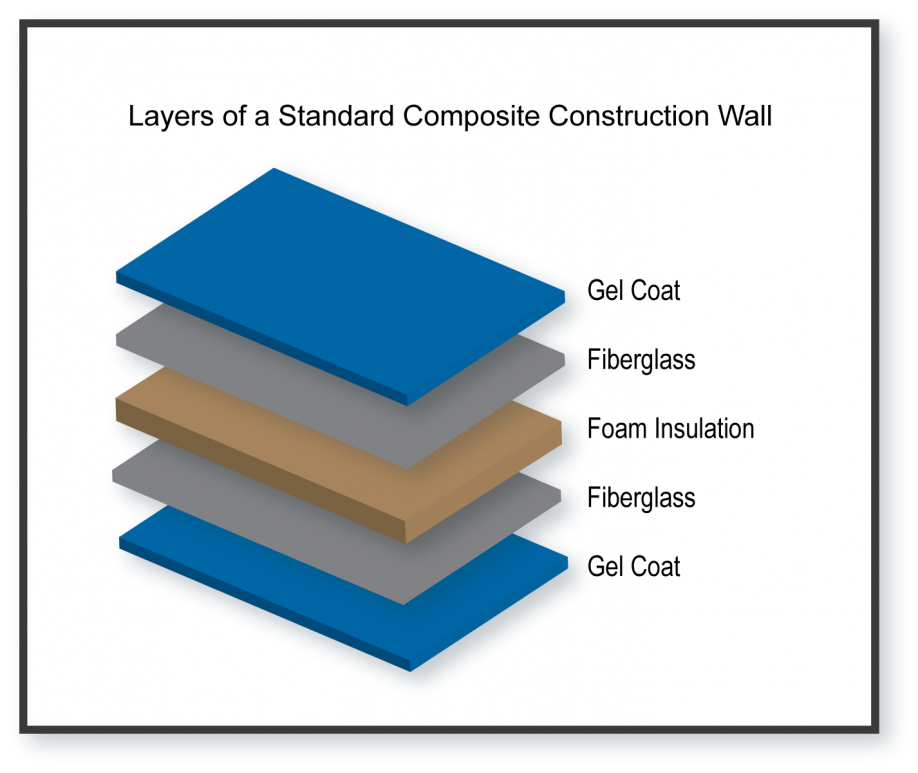From Waste to Marvel: How Recycled Composites Are Reinventing Different Applications
As industries worldwide are significantly focusing on sustainability and ecological duty, the utilization of recycled composites has become a transformative option throughout different fields. From enhancing the performance of automotive components to providing sustainable options in building and construction products, the applications of recycled composites are huge and appealing. By repurposing waste materials into cutting-edge composite structures, manufacturers are not only lowering their ecological footprint but also opening a world of possibilities for creating sturdy, reliable, and environmentally friendly items. The effects of this change towards reused compounds are profound, heralding a brand-new age of sustainable practices and technical advancements that are improving markets in unexpected means (composites).
The Rise of Recycled Compounds
The increasing fostering of recycled compounds in different sectors shows a growing acknowledgment of their economic and environmental advantages. Recycled compounds, originated from products such as reclaimed carbon fiber or recycled plastics, use a sustainable choice to conventional products without jeopardizing on efficiency. Industries ranging from automobile and building and construction to aerospace and durable goods are increasingly turning to recycled compounds to meet their production demands.
One secret driver behind the increase of recycled composites is the push in the direction of sustainability and eco-friendliness. Companies are under raising stress to decrease their carbon impact and minimize waste generation. Recycled composites give a service by utilizing materials that would certainly or else finish up in landfills, therefore advertising a circular economic situation.
Furthermore, the financial benefits of using recycled compounds can not be ignored. These materials are often a lot more cost-efficient than their virgin counterparts, using firms a way to decrease manufacturing expenses without compromising top quality. As advancements in recycling innovations proceed to boost, the adoption of recycled composites is anticipated to more rise across varied markets.
Benefits in Automotive Market

Lasting Solutions in Building And Construction
Integrating lasting methods in building projects is vital for reducing environmental influence and advertising long-lasting viability in the constructed setting. With the building industry being one of the largest factors to carbon discharges and waste generation internationally, the adoption of sustainable services is important in mitigating these negative impacts. Recycled compounds are playing a significant role in revolutionizing building techniques by offering an extra eco-friendly choice to traditional building materials.
Recycled composites, stemmed from materials such as redeemed plastic, wood, and rubber, give a lasting choice for different building and construction applications. These products not only help in reducing waste yet additionally use adaptability, strength, and longevity comparable to conventional building and construction materials. By including recycled composites into structure designs, building tasks can add to source preservation and check that energy performance while maintaining high efficiency requirements.
In addition, using recycled compounds in building and construction straightens with the growing demand for environment-friendly structures and sustainable framework. As environmental policies end up being more stringent and the concentrate on sustainability heightens, the building and construction market is progressively transforming to recycled compounds as a viable service for developing eco-conscious structures and frameworks.
Eco-Friendly Innovations in Packaging
Biodegradable click this link products such as mushroom packaging, seaweed-based movies, and compostable plastics provide encouraging solutions to the plastic contamination situation. These ingenious products not only disintegrate normally, minimizing ecological impact, yet also supply comparable performance and durability to conventional product packaging options.
Additionally, the combination of recycled products into packaging manufacturing procedures further enhances sustainability efforts. By integrating post-consumer recycled material, firms can reduce the demand for virgin materials, conserve natural resources, and promote a round economy in the packaging industry.
Changing Textiles With Recycled Composites
In the realm of lasting materials, the emphasis now changes towards changing textiles with the ingenious usage of recycled composites. This advancement in textile manufacturing is driven by the pressing demand for more eco-friendly methods in the fashion and textile industries. Recycled compounds offer an encouraging service by incorporating materials like plastics, carbon fiber, and glass fiber to produce sturdy and versatile textiles.
Among the vital advantages of making use of recycled composites in fabrics is the ability to repurpose waste materials that would certainly otherwise finish up in land fills. By integrating recycled components into materials, manufacturers can minimize their environmental influence and add to a much more circular economic climate - composites. Furthermore, textiles made from recycled composites commonly exhibit enhanced toughness, performance, and strength qualities, making them perfect for a variety of applications
As consumer demand for lasting items remains to climb, the adoption of recycled compounds in textiles is poised to expand considerably. This shift in the direction of more eco-friendly textile manufacturing not only benefits the earth however also opens new chances for innovation and creative thinking in the fashion and fabric markets.
Conclusion

From boosting the efficiency of auto elements to supplying lasting choices in building and construction products, the applications of recycled compounds are substantial and encouraging. Recycled compounds, derived from materials such as reclaimed carbon fiber or recycled plastics, offer a lasting choice to traditional products without endangering on efficiency. Furthermore, the use of recycled composites advertises the round economy by drawing away waste from land fills and decreasing the requirement for virgin raw materials - composites.Recycled compounds, acquired from materials such as reclaimed rubber, timber, and plastic, offer a lasting alternative for various building and construction applications.In the realm of sustainable materials, the emphasis now shifts towards changing fabrics with the cutting-edge use of recycled composites